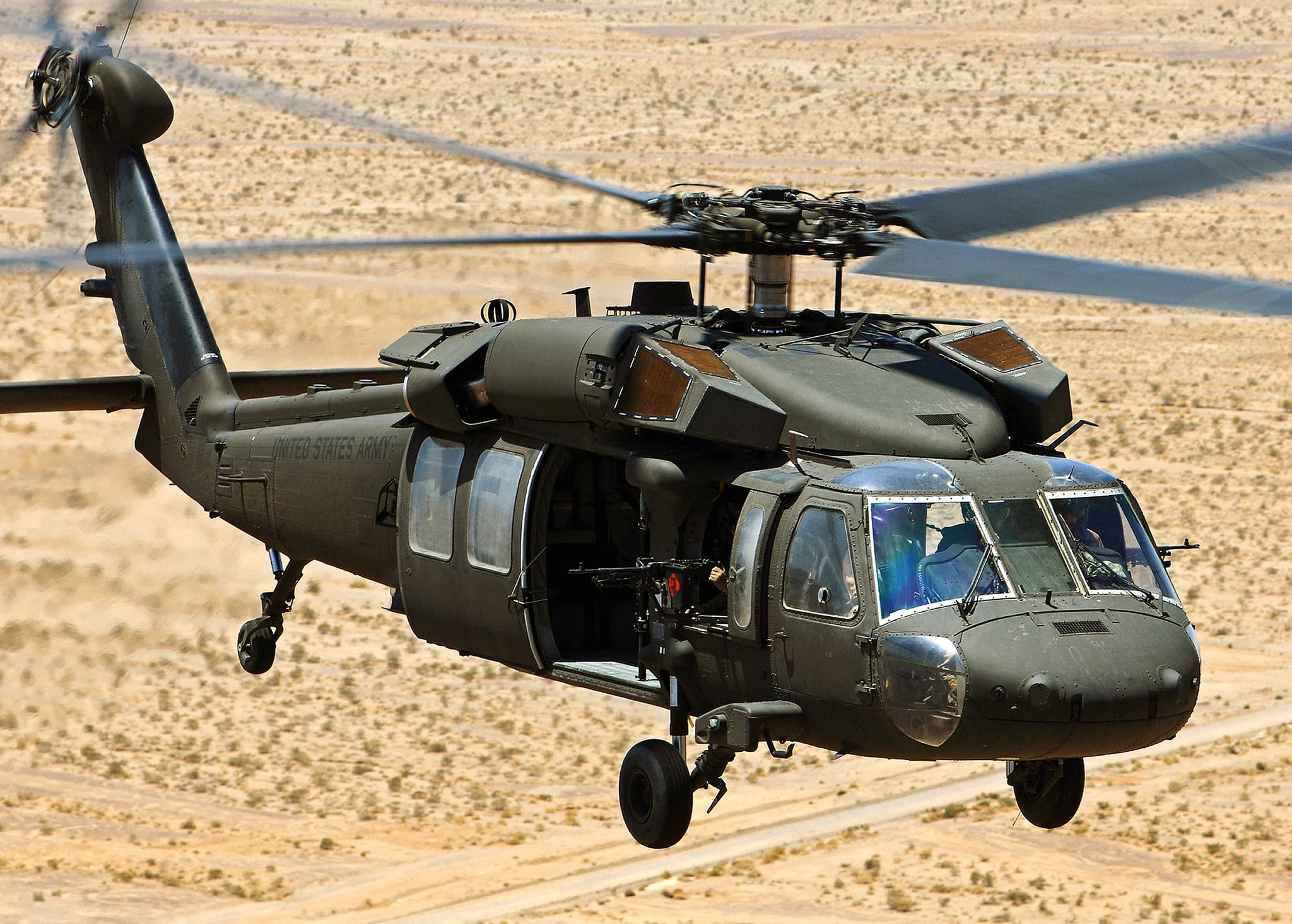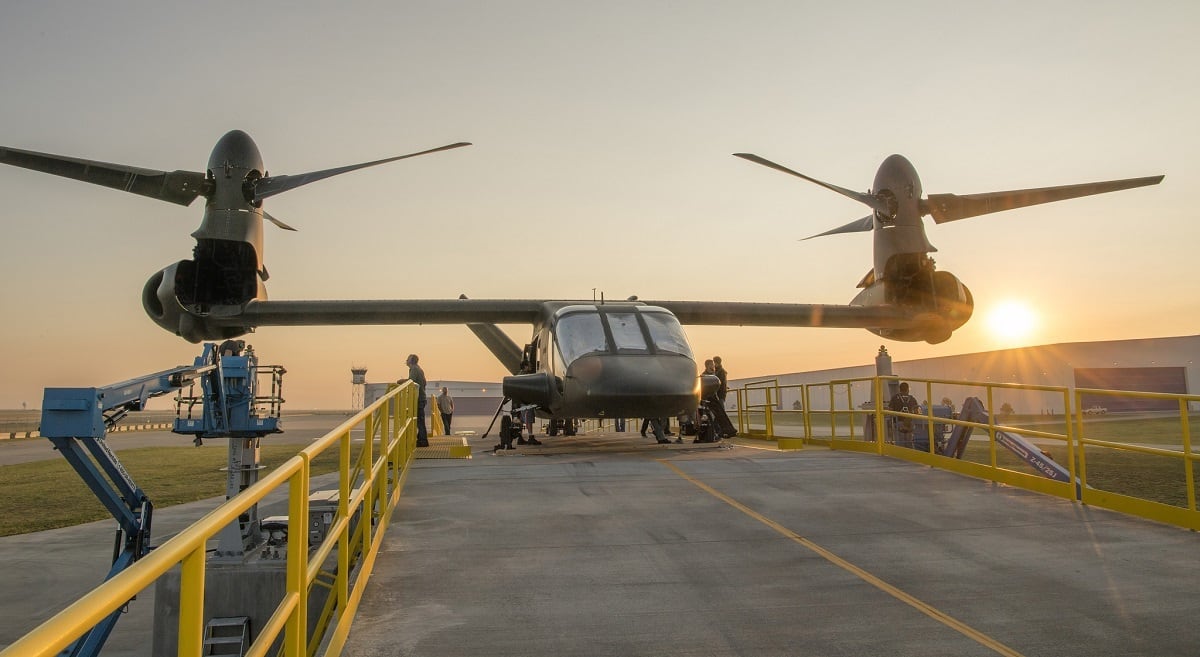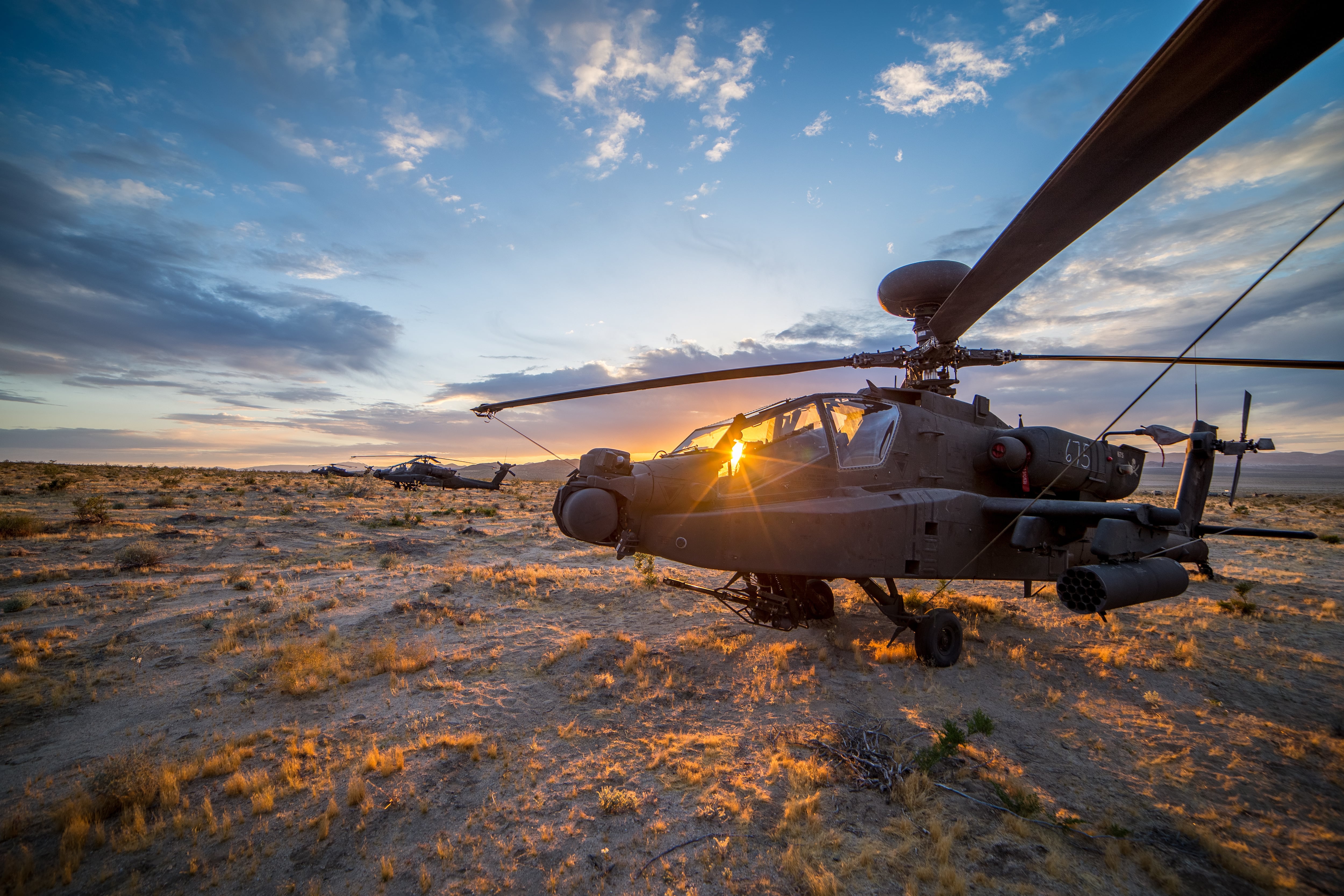WASHINGTON — The U.S. Army is currently set up to afford fielding two future vertical lift aircraft types simultaneously in roughly a decade, but the service should be careful when estimating the actual cost of keeping the fleets running, according to a Nov. 13 report by the Center for Strategic and International Studies.
Fielding new FVL aircraft is the Army’s No. 3 priority and is part of an ambitious and relatively new modernization plan for the service. FVL aircraft will be paired on the battlefield with new capabilities in long-range precision fires, next-generation combat vehicles, a robust network, air and missile defense systems, and equipment that will make soldiers more lethal all the way down to the individual level to fight more effectively against near-peer adversaries across multiple domains of warfare.
Replacing the current fleet is becoming increasingly imperative as helicopters in service are reaching technological and capability limits, even with upgrades.
The report noted that the Army’s current timelines for developing and fielding a future attack reconnaissance aircraft, or FARA, by 2028 and a future long-range assault aircraft, or FLRAA, by 2030 will work if the programs are managed well.
But there are risks involved in getting aircraft through development into production, and the Army could experience issues if it does not take steps to predict operational and sustainment costs, and keep those costs down once the aircraft are fielded.
“There is cost risk in both programs which will require active management by the Army,” the report’s authors stated.
“Acquisition cost growth at levels typical of successful acquisition programs would increase the cost of FVL but could likely be handled within the aviation portfolio if carefully managed,” the report stated. “In the longer term, the most critical affordability issues for the vertical lift portfolio is likely be O&S costs, particularly for FLRAA.”
It is well-known that the greatest share of the cost of a program across its life cycle goes to operations and sustainment, and it’s difficult to predict with complete certainty how much those costs will be during the development and initial production of a program, according to the report. Historically these estimates are inaccurate.
The Pentagon’s Cost Assessment and Program Evaluation office has determined that O&S costs for rotary-wing platforms typically make up 68 percent of the life-cycle cost of the program, the authors noted in their report.
“Since previous rotary-wing system programs are most closely related to the kinds of systems likely to be acquired for the FARA and FLRAA programs, O&S costs for FVL are likely to be more than 40 times larger than the FVL R&D costs and more than two times larger than FVL production costs,” the authors determined.
In part, the CSIS analysts used data from prior weapon systems to help determine possible O&S costs for FARA and FLRAA, but that alone “poses several challenges," the authors noted.
For one, rotary-wing systems are procured and maintained by each of the military services differently, and each has a different approach to maintaining aircraft, which lead to “widely varying” estimates of O&S cost components, the report stated. “The different maintenance concepts alter how costs are allocated between the major O&S cost components and can also affect what is included in O&S cost,” the authors wrote.

The FARA program is easier to estimate possible O&S costs, the authors found, because the aircraft has a comparable system in the fleet now — the AH-64 Apache. FARA won’t directly replace the Apache, the report acknowledged, but it will be operated solely by the Army and will “likely have similar maintenance posture to the Apache,” the authors reasoned.
But they noted that if significant differences crop up as the FARA program matures, then the affordability analysis would required an update.
The Army has requested industry keep it as simple as possible when designing FARA concepts to keep maintenance and sustainment costs from escalating.
FLRAA, according to the report’s authors, is more difficult to assess because the two competitors for FLRAA are offering completely different designs.
Bell’s concept is an advanced tilt rotor, which the Army has never fielded but the Marine Corps has, and the Sikorsky-Boeing team’s concept uses coaxial rotor technology, which has never been fielded in the U.S. military.
“It is not clear that currently operating aircraft are truly comparable, and potential antecedent aircraft are operated by different military services presenting methodological challenges,” the report stated.
Additionally, FLRAA is meant to replace Black Hawks, “and it will be challenging for the Army to develop a new aircraft that is as inexpensive to operate as the Black Hawk,” the report said.
“This means that once a final design is selected, significant analysis will be required,” the authors wrote.
According to analysis, the data shows that higher O&S costs “won’t necessarily fatally injure FVL but controlling O&S costs are a crucial component in the vertical lift fleet,” the report added.
RELATED

The Army is working to develop new ways to predict O&S costs as well as reign in those costs over a program’s life cycle. The service has asked industry designing FVL to keep O&S and production affordability in mind as they come up with both platform design, production design and maintenance plans.
But “while the Army has several plans to leverage emerging technologies such as digital twinning, [Modular Open System Architecture], additive manufacturing, and artificial intelligence-enabled predictive manufacturing to create new maintenance paradigms and reduce maintenance personnel requirements, technological advancement does not always lead to the promised results,” the report warned, citing the F-35 fighter jet’s Autonomic Logistics Information System as an example.
“It is therefore important that the Army look to the lessons learned for managing long-term risk in major acquisition programs and not put all its hopes in the technological basket,” the authors warned.
Jen Judson is an award-winning journalist covering land warfare for Defense News. She has also worked for Politico and Inside Defense. She holds a Master of Science degree in journalism from Boston University and a Bachelor of Arts degree from Kenyon College.





